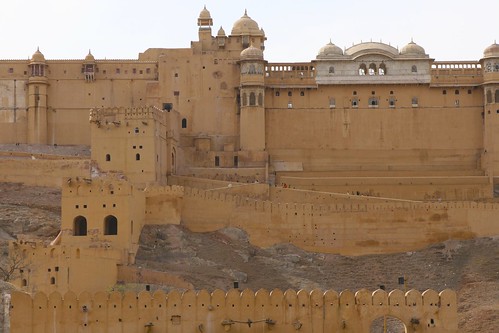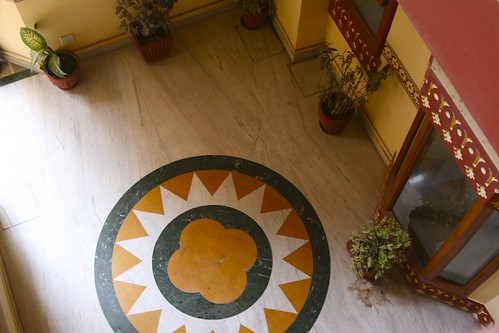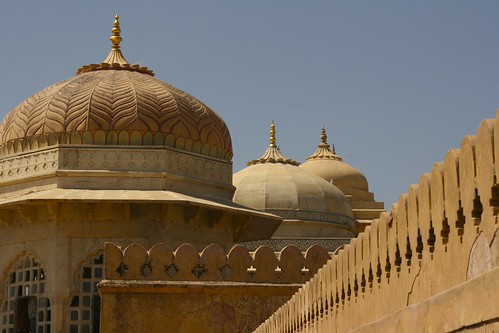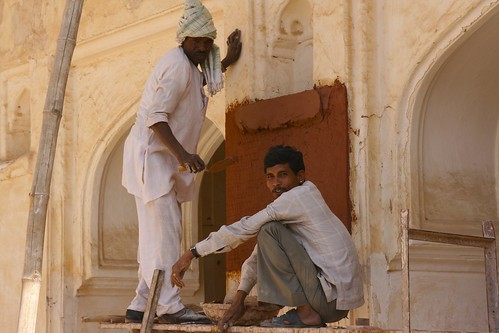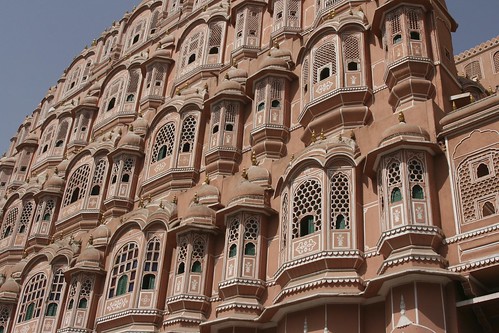Amber Fort, Pink City
In 1526, Babur, a Muslim descendant of Ghengis Khan, swept across the Kyber Pass into northern India and established the Mughal Empire. By 1600 Muslim emperors had expanded their control over the entire Indian subcontinent.
For most of the next 100 years, they maintained control over the majority Hindu population with a mixture of terror and tolerance, waging wars against Indian rajas and princes while tolerating, even supporting aspects of Hindu culture.
It was against this backdrop that Maharaja Sawai Jai Singh II built the city of Jaipur, known today as the “Pink City.” Singh II, a Hindu, was considered a skilled diplomat in his dealings with his Muslim overlords. He was also a bit of a visionary.
When Singh II came to power, he ruled from the city of Amber, just 11 kilometers from where Jaipur is today. The Amber Fort sits on top of a mountain over looking the city. From the outside, the fort is an impressive defensive structure.
Inside, it is a rather ornate palace and is currently undergoing an extensive renovation. One of the more interesting features Singh II had built into the palace: 11 private passageways to each of his wives’ bedroom suites. The raja’s discretion ensured domestic tranquility.
In 1727 Singh II moved his capital city to Jaipur. He needed more room and access to more water to accommodate a growing population. Urbanists consider Jaipur one of India’s best planned cities; its urban plan is based on ancient Hindu planning principles.
In 1853, when the Prince of Wales visited Jaipur, the whole city was painted pink to welcome him.
More pictures from Jaipur are here.
May 20, 2009 2 Comments

